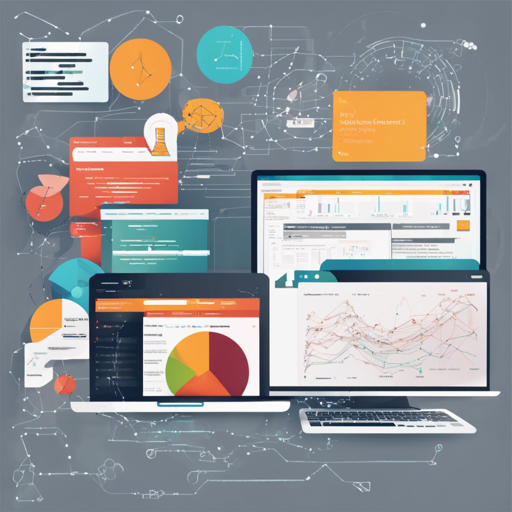Are you looking to delve into the world of Data Science? This blog serves as your roadmap, guiding you through the essentials of what Data Science is, where to start your studies, and valuable resources at your disposal.
What is Data Science?
Imagine you’re an explorer in the vast jungle of information, where your mission is to uncover insights hidden among mountains of data. Data Science acts as your treasure map, combining diverse disciplines like mathematics, statistics, and computer science to help you bring order to chaos. By employing techniques like machine learning, you can analyze past events to make future predictions, benefiting businesses and organizations alike.
Where do I Start?
Beginning your journey in Data Science requires the right tools and knowledge. While some programming experience can be helpful, the most crucial programming languages in this field are Python and R. Python is like a Swiss Army Knife, versatile and widely applied across various programming scenarios. R, on the other hand, is specialized for statistical analysis.
Essential Packages to Start Your Journey
- Scikit-Learn: Ideal for beginners, it packages many popular machine learning algorithms with great documentation.
- Pandas: Let you manage and manipulate data like a well-organized filing cabinet.
- NumPy: The go-to library for efficient mathematical operations.
- Seaborn: Turns data into beautiful visual stories quickly and easily.
Training Resources
Now that you have a basic understanding of Data Science, you may be wondering how to gain practical experience. Here are a few resources categorized by commitment level:
Tutorials
Free Courses
Massively Open Online Courses (MOOCs)
The Data Science Toolbox
It’s important to have the right toolbox filled with various algorithms, packages, and tools. Here’s a breakdown of some important tools:
Algorithms
Imagine the algorithms as your set of cooking recipes. Just as different recipes serve different types of dishes, different algorithms tackle various types of data problems. Here are some notable types:
- Supervised Learning: Use for predicting outcomes based on labeled input data.
- Unsupervised Learning: Ideal for discovering hidden patterns or data groupings.
- Reinforcement Learning: Think of it like teaching a dog tricks—with rewards for correct actions.
Literature and Media
To expand your knowledge, diving into literature is crucial:
Troubleshooting Ideas
If you encounter obstacles on your journey, consider the following tips:
- Ensure your installation of packages is up to date using pip or conda.
- Engage on forums and communities like Reddit or Stack Overflow for guidance.
- For more insights, updates, or to collaborate on AI development projects, stay connected with fxis.ai.
At fxis.ai, we believe that such advancements are crucial for the future of AI, as they enable more comprehensive and effective solutions. Our team is continually exploring new methodologies to push the envelope in artificial intelligence, ensuring that our clients benefit from the latest technological innovations.

